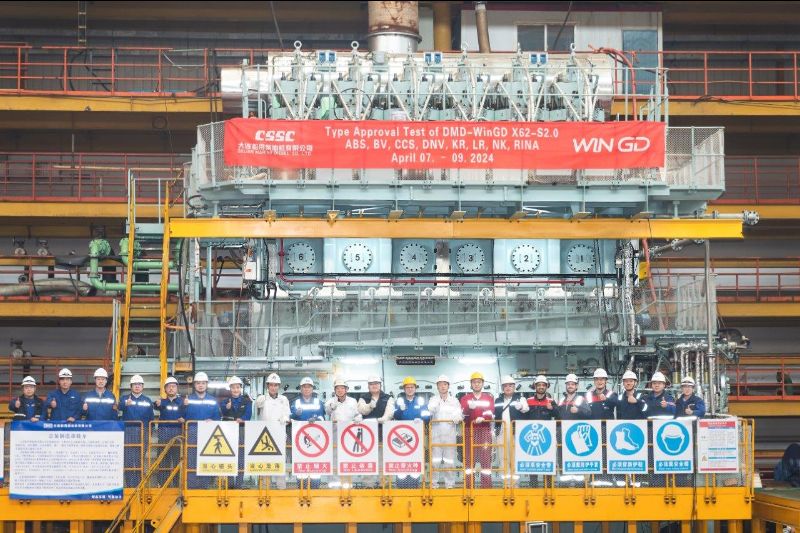

UK Welcomes New Nuclear Fuel Transport Ship


Pacific Grebe is owned by INS’s subsidiary, Pacific Nuclear Transport Ltd (PNTL). It is the last of three new UK-flagged vessels ordered by PNTL to fulfil its commitments to transport nuclear fuel and nuclear waste from Europe to Japan over the next two decades.
This ship has been designed to carry nuclear cargoes and to comply with the UK’s Maritime and Coastguard Agency’s classification for an INF3 vessel, which indicates the quantity of nuclear material it is licensed to carry. It is also designed to meet the Japanese regulator’s classification of Kaisa 520.
Alastair Brown, INS’s operations director, said: “The UK has a world-class expertise and 40-year heritage in the safe and secure transport of nuclear material. The arrival of Pacific Grebe represents the continuance of that heritage and the reinforcement of that expertise in Barrow-in-Furness, which will enable INS and PNTL to continue to fulfil their contracts with customers in Japan for the next two decades. And we’re especially pleased that the crew have managed to get home for Christmas.”
Pacific Grebe was preceded in 2008 by the Pacific Heron – which completed its second successful voyage to Japan last summer – and in September 2010 by the Pacific Egret. Both of these earlier vessels were designed specifically to carry mixed oxide fuel (MOX) to Japan. Pacific Grebe will carry high level waste.
Project managing the new vessels programme is a daughter of Barrow-in-Furness, Pauline Woods, who said: “The secret of the success of the Pacific Heron and the future success of the Pacific Egret and Pacific Grebe, has been the end-to-end diligence of the team involved from the concept design of the fleet to its delivery.
“The new design incorporates all of the high standards of their predecessors, while using new technologies in the construction and installation of equipment and systems. They have significant efficiency improvements and meet the environmental requirements appropriate to vessels of this size, while setting new standards in nuclear maritime transport.”
Unlock Exclusive Insights Today!
Join the gCaptain Club for curated content, insider opinions, and vibrant community discussions.
Be the First
to Know


Join the 109,769 members that receive our newsletter.
Have a news tip? Let us know.



 Join The Club
Join The Club








